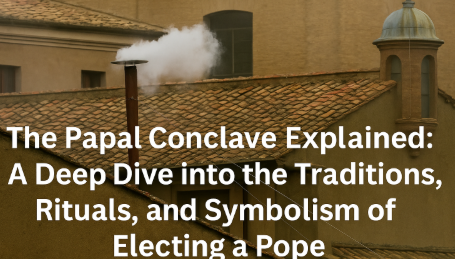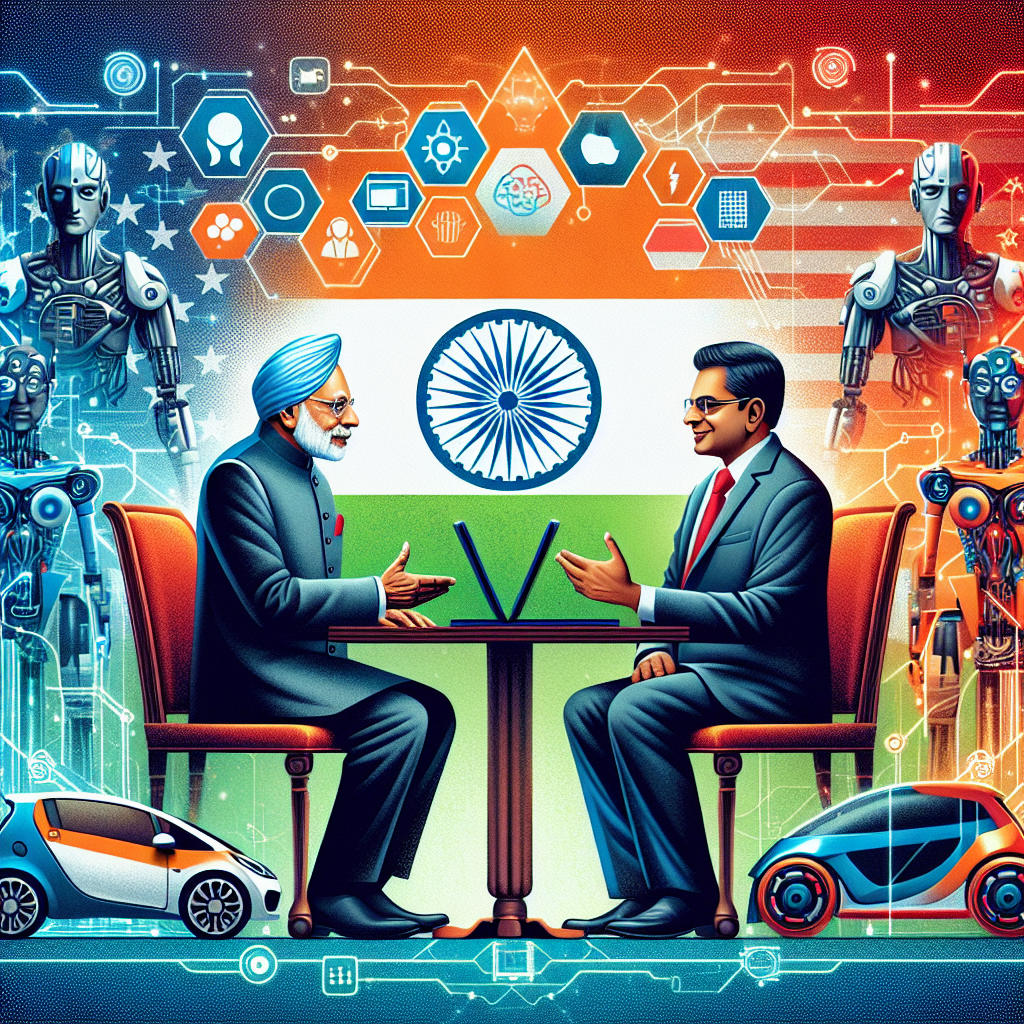Each time the seat of the Pope becomes vacant, the world turns its eyes to the Vatican and the majestic Sistine Chapel—where sacred tradition and spiritual solemnity converge in one of the most secretive elections on Earth. This isn’t just a religious ceremony; it’s a profound historical moment, guided by centuries of ritual, shrouded in symbolism, and watched by billions.
Let’s step inside the hidden world of the Papal Conclave a process that defines leadership within the Catholic Church and offers a rare glimpse into one of the most sacred traditions still practiced today.
The Setting: Where Tradition Begins
The Sistine Chapel, with its breathtaking ceiling painted by Michelangelo, transforms into a highly controlled election space during a conclave. Every detail of the room, from the wooden tables arranged for the cardinal-electors to the stove where ballots are burned, is set with purpose.
Special ramps and access points are discreetly installed for elderly or physically challenged cardinals. This is not just logistics—it’s part of the Church’s commitment to include all eligible voices in one of its most defining decisions.
What is the Papal Conclave?
The term “conclave” comes from the Latin cum clave—meaning “with a key.” It signifies the locking away of cardinal-electors, ensuring their discussions remain confidential and untouched by outside influence. The conclave begins once the papal seat is officially declared vacant and all preparatory rites have been performed.
The Process of Choosing a Pope
The process starts with a Mass at St. Peter’s Basilica, followed by the cardinal-electors walking solemnly into the Sistine Chapel. Once the doors are locked, the vote begins.
Key Facts:
-
There are typically 120 cardinal-electors under the age of 80.
-
A candidate must receive a two-thirds majority to be elected.
-
Voting occurs up to four times daily—two in the morning and two in the afternoon—until a new pope is chosen.
Each vote is written on a special paper and placed into a chalice-like urn. After each round, ballots are burned using a chemical mixture that produces black or white smoke.
The Smoke Signals: What They Mean
-
Black Smoke (fumata nera): No decision has been reached.
-
White Smoke (fumata bianca): A new pope has been elected.
The release of white smoke is followed by the ringing of bells across the Vatican, signaling the world that a new spiritual leader will soon step onto the balcony of St. Peter’s Basilica to greet the faithful.
The Announcement: “Habemus Papam”
Once the pope is chosen, he is asked, “Do you accept your canonical election as Supreme Pontiff?” Upon acceptance, the newly elected pope chooses a papal name and dons the white cassock.
Shortly after, the senior cardinal-deacon steps onto the balcony and proclaims:
“Habemus Papam” (We have a Pope).
The new pope then steps forward to deliver his first Urbi et Orbi blessing (“to the city and the world”), marking the beginning of his pontificate.
Why the Conclave Still Matters
In a modern world driven by technology, analytics, and instant communication, the papal conclave’s emphasis on silence, reflection, and prayer stands as a stark contrast—a powerful reminder that leadership, especially spiritual leadership, stems from introspection and divine guidance.
The ritual’s longevity is a testament to its enduring relevance. While the conclave is ancient, its outcomes shape the future of a global faith community of over a billion Catholics.
Linking Ancient and Modern: A New Age of Traditions
As the Church upholds ancient practices, it also quietly embraces modern tools in the background—securing digital systems, supporting elderly cardinals with accessibility accommodations, and tightening cybersecurity for the secrecy of the process.
Interestingly, while this sacred event happens in the Vatican, technology enthusiasts are also diving into transformations of their own:
-
See how tradition and tech merge in the iPhone 16 GPS Accuracy Review
-
Explore personalization in modern devices with Live Wallpapers on iPhone 16
-
Connect your voice to clarity in a digital world with external mic support on iPhone 16
-
And if you’re a forward-thinker, stay updated with top tech stocks of 2025
Final Thoughts
The papal conclave isn’t just a ceremony. It’s a profound display of unity, tradition, and reverence. It teaches us the value of process in a world obsessed with speed. And for the Catholic Church, it’s about more than just leadership—it’s about continuity of faith.
So, the next time you see that white smoke rise over the Vatican skyline, remember: you’re not just witnessing history—you’re witnessing the sacred heartbeat of an ancient institution choosing its next shepherd.







